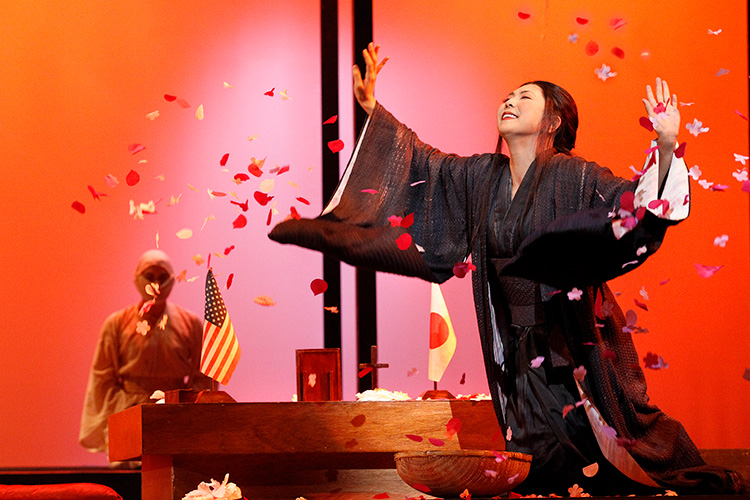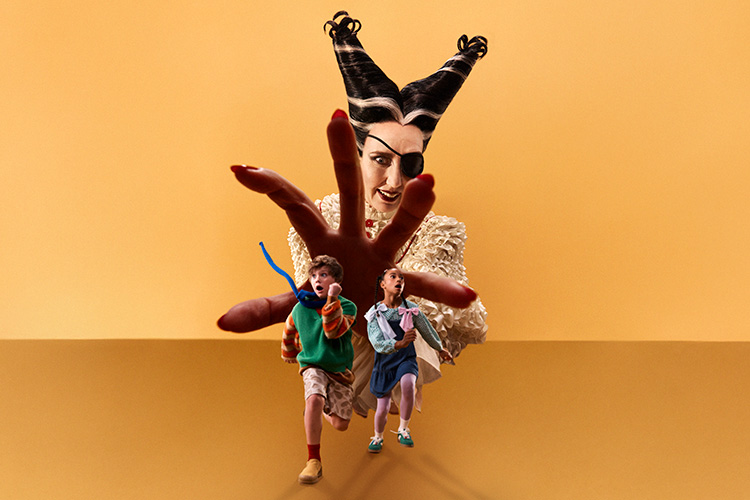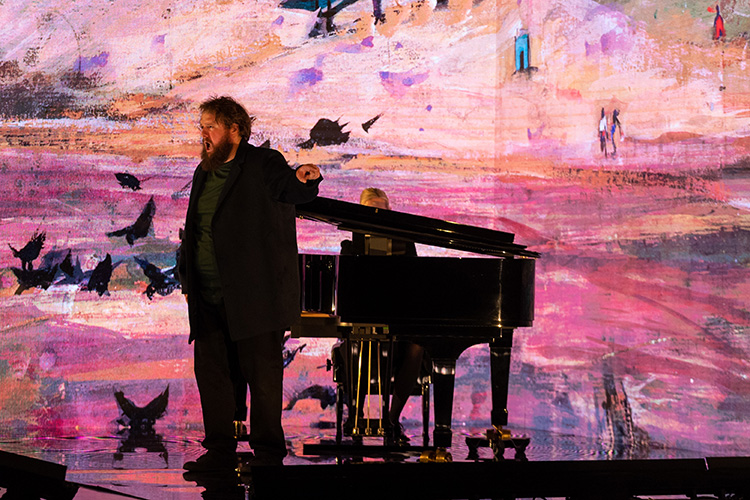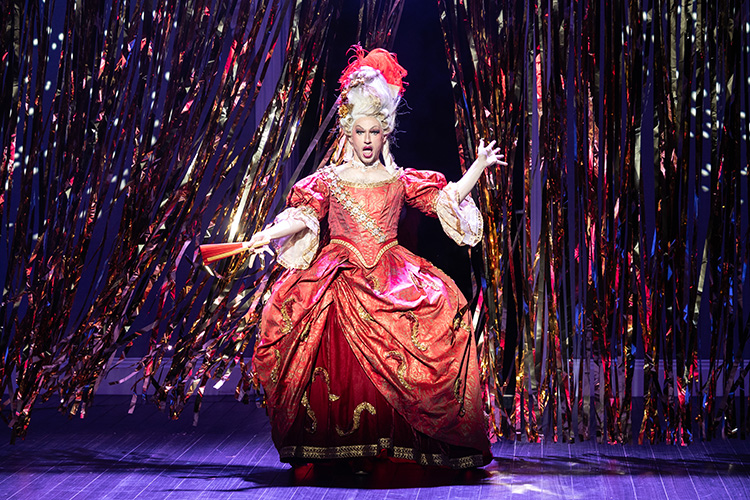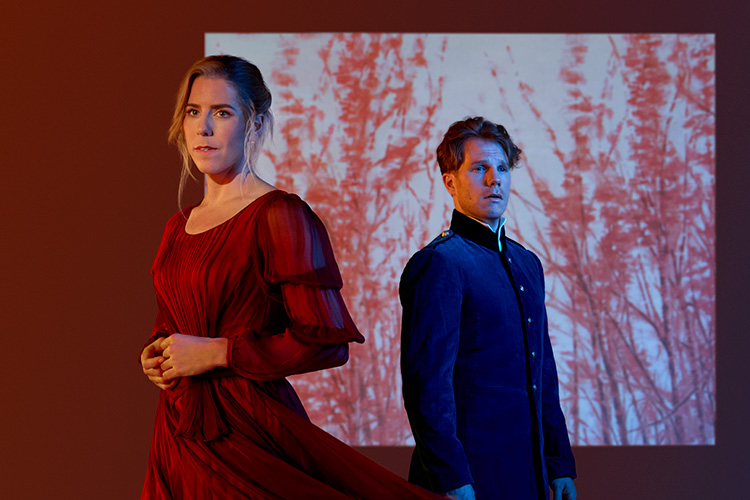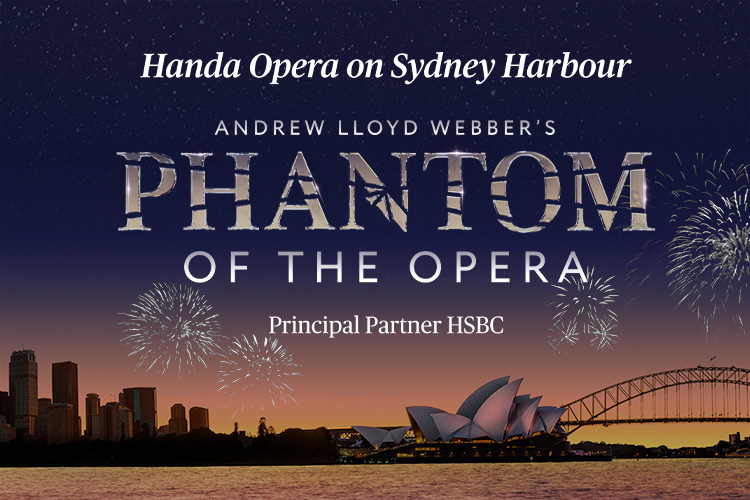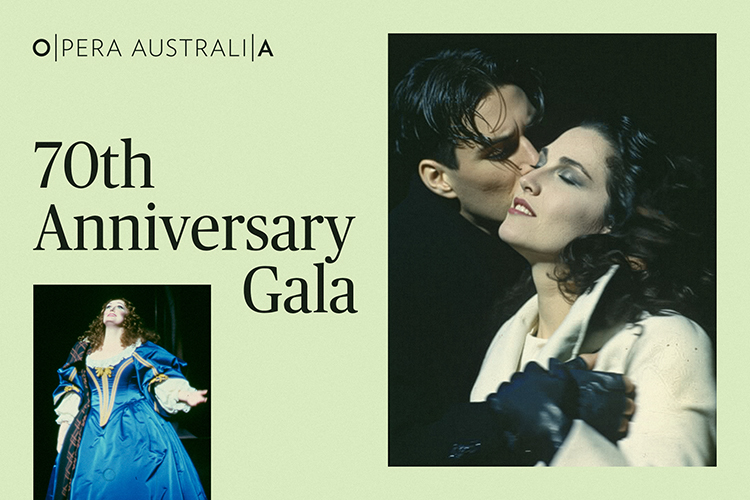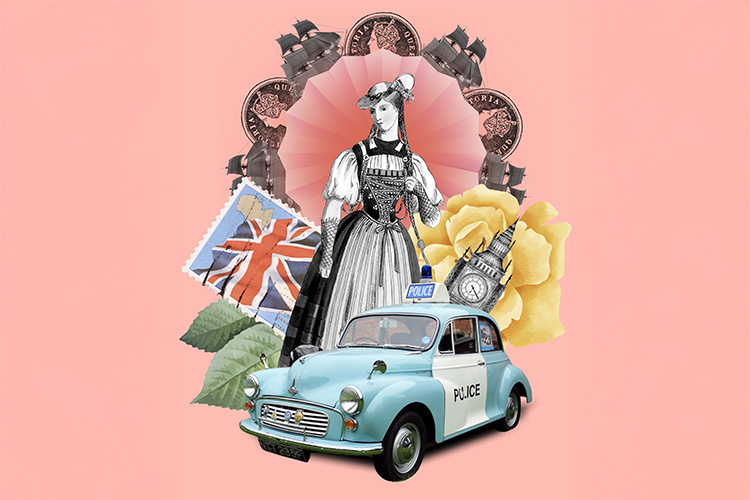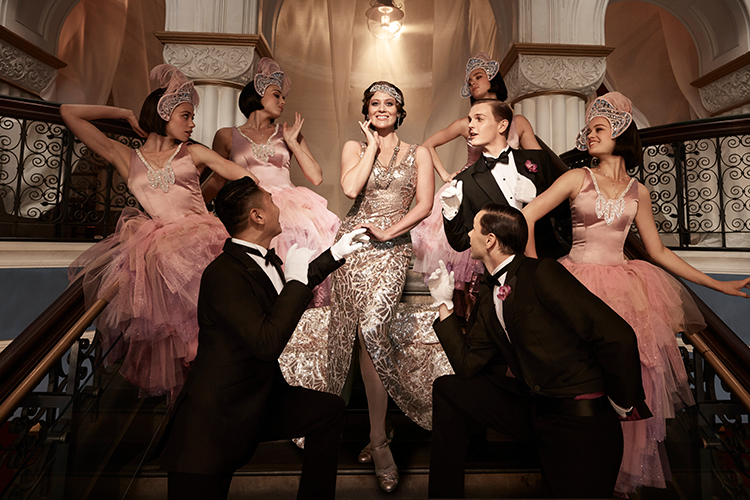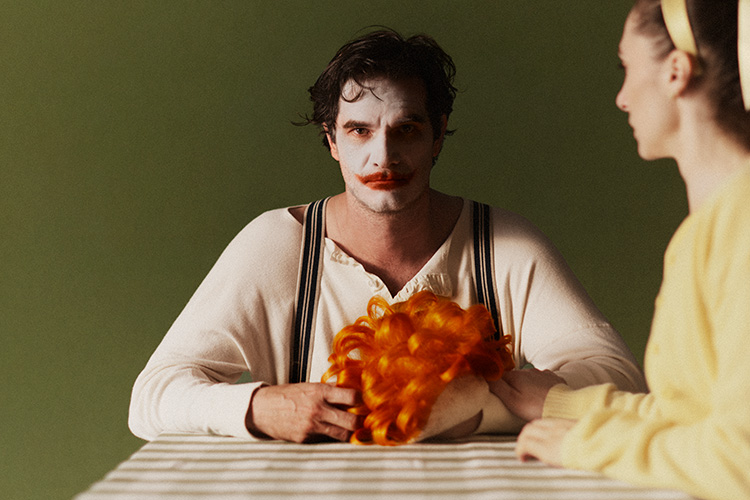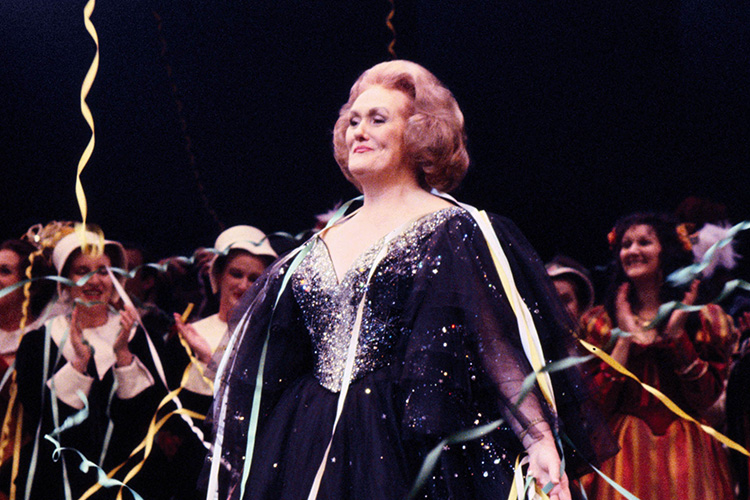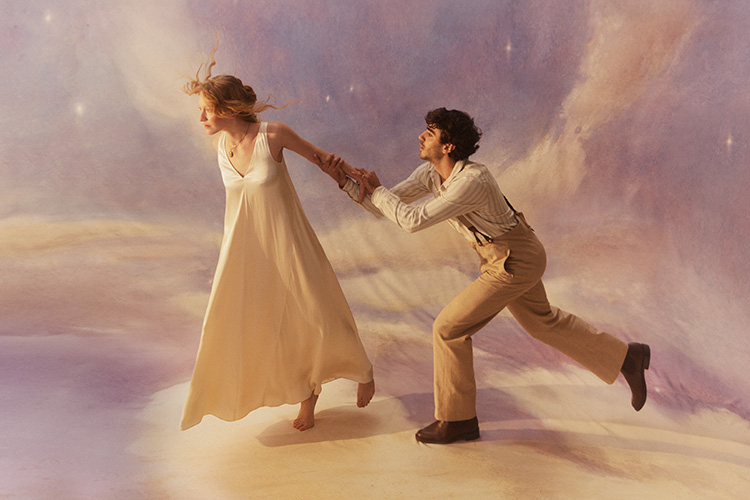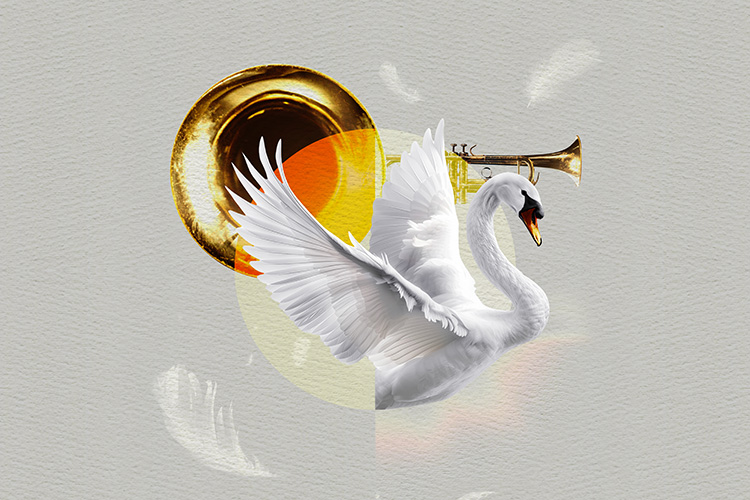What’s On
Great Opera Hits
Sydney Opera House, 30 December-28 March
Stroll down to the Sydney Opera House and join the stars of Opera Australia for a concert of the greatest hits of opera.
The Opera Gala Concert
Sydney Opera House, 31 December
Glamorous | Celebratory | Once-in-a-lifetime
Dress up to the nines, kick up your heels and prepare for an unforgettable evening of opera’s most beautiful music, at the Opera Gala Concert. Make this your most glamorous New Year ever.
Madama Butterfly on New Year's Eve
Sydney Opera House, 31 December
Moving | Soaring | Iconic
An unforgettable, visually stunning production of one of opera’s most iconic works kicks off the New Year’s celebrations.
Anastasia
Regent Theatre Melbourne, From December 2025
Heart-warming | Beautiful | Empowering
The romantic and adventure-filled musical inspired by the beloved films, is coming to Australia for the first time! This dazzling production transports you from the twilight years of the Imperial rule to the euphoria of Paris in the 1920s, as a brave young woman sets out on an epic adventure to find home, love, and family.
Madama Butterfly
Sydney Opera House, 3 January-25 March
Heartfelt | Gorgeous | Transportive
A woman with a dream meets a man with a desire, but their marriage ripples into sweeping tragedy. A must-see opera in an award-winning production.
Turandot
Sydney Opera House, 15 January-27 March
Epic | Passionate | Resonant
Turandot fiercely protects her heart. This new production of Puccini’s grand opera features monumental sets, immersive visuals, mesmerising dance and opera’s electrifying aria ‘Nessun dorma’.
Hansel & Gretel
Sydney Opera House, 27 January-28 February
Whimsical | Magical | Family-Friendly
Hansel and Gretel’s fairytale escape from the wicked witch of the woods, in a whimsical production with larger-than-life sets. Humperdinck’s magical score is enchanting.
A Winter's Journey
Melbourne Recital Centre, 16 February-17 February
Elegant | Textural | Reflective
Schubert’s exquisite song cycle meets the glowing artwork of Australian painter Fred Williams, in an evocative presentation featuring tenor Allan Clayton and pianist Kate Golla.
Opera Up Late
Sydney Opera House, 21 February
Naughty | Hilarious | Uncensored
A wild ride through the world of opera. With re-imagined opera hits, musical theatre classics and a few pop numbers along the way, this is a night you’ll never forget.
A Winter's Journey
City Recital Hall, 22 February-23 February
Elegant | Textural | Reflective
Schubert’s exquisite song cycle meets the glowing artwork of Australian painter Fred Williams, in an evocative presentation featuring tenor Allan Clayton and pianist Kate Golla.
Anastasia
Crown Theatre Perth, from March 2026
Heart-warming | Beautiful | Empowering
The romantic and adventure-filled musical inspired by the beloved films, is coming to Australia for the first time! This dazzling production transports you from the twilight years of the Imperial rule to the euphoria of Paris in the 1920s, as a brave young woman sets out on an epic adventure to find home, love, and family.
Eugene Onegin
Sydney Opera House, 17 March-28 March
Lyrical | Reflective | Romantic
A profound tale of unrequited love and unintended consequences, Tchaikovsky’s Romantic opera features sumptuous sets and costumes, a lush score and lashings of emotion.
The Phantom of the Opera on Sydney Harbour
Mrs Macquaries Point, 27 March-3 May
Iconic | Spectacle | Bucket List
Andrew Lloyd Webber’s iconic musical in an unforgettable spectacular: performed on the enormous overwater stage on Sydney Harbour with fireworks every night.
Anastasia
Sydney Lyric Theatre, from April 2026
Heart-warming | Beautiful | Empowering
The romantic and adventure-filled musical inspired by the beloved films, is coming to Australia for the first time! This dazzling production transports you from the twilight years of the Imperial rule to the euphoria of Paris in the 1920s, as a brave young woman sets out on an epic adventure to find home, love, and family.
La Traviata
Regent Theatre Melbourne, 8 May-16 May
Glamorous | Romantic | Emotional
Glamour, riches and a tragic secret: La Traviata is the story of a courtesan falling in love. Classic opera with stunning costumes and outstanding music.
70th Anniversary Gala
Regent Theatre Melbourne, 17 May
Iconic | Grand | Unmissable
A glittering, milestone concert celebrating 70 years of bringing Australia the best opera, featuring a starry cast, Opera Australia chorus and Orchestra Victoria.
Gilbert & Sullivan: A Musical Celebration
Regent Theatre Melbourne, 22 May-24 May
Zany | Bubbly | Feel-Good
Enjoy a sparkling concert of wit, whimsy and unforgettable song with highlights from The Mikado, The Pirates of Penzance, H.M.S. Pinafore and Iolanthe.
Encore! Songs from the Musicals
Regent Theatre Melbourne, 28 May-30 May
Showstopping | Toe-tapping | Heart-moving
The magic of musical theatre in a star-studded showcase of hits from celebrated musicals including My Fair Lady, South Pacific, West Side Story and The Phantom of the Opera.
The Merry Widow
Sydney Opera House, 8 July-18 August
Flirty | Funny | Fabulous
An opulent party of glitz, glamour and Parisian charm, featuring familiar waltzes, tuneful melodies and lively choreography. The Merry Widow is flirty, funny and fabulous. Murphy’s dazzling production is a joyful escape to art deco era high society.
Rigoletto
Sydney Opera House, 21 July-21 August
Dark | Masterful | Enduring
Elijah Moshinsky’s much-loved production of Rigoletto returns to the stage of Sydney Opera House, complete with its glamorous La Dolce Vita-inspired sets and costumes, and scene-stealing car. The revolving dollhouse style set gives a cinematic detail to each scene.
The Drover's Wife
Sydney Opera House, 7 August-15 August
Raw | Expansive | Groundbreaking
A new opera based on Leah Purcell’s groundbreaking adaptation of Henry Lawson’s classic short story. Emotional melodies, lush orchestration and operatic grandeur meet contemporary Aboriginal storytelling.
La Stupenda
Sydney Opera House, 20 August-22 August
Iconic | Celebratory | Virtuosic
A dazzling program performed in tribute to Joan Sutherland. Hear the full orchestra, chorus and homegrown sensation Jessica Pratt singing highlights from La Stupenda’s career.
My Fair Lady
Sydney Opera House, 12 September-18 October
Witty | Transformative | Charming
Celebrating 70 dazzling years since its debut, Lerner and Loewe’s sparkling gem of theatrical history returns to the Sydney Opera House. Directed by Karen Johnson Mortimer based on Julie Andrews’ acclaimed 2016 production.
La Bohème
Regent Theatre Melbourne, 7 November-18 November
Vibrant | Romantic | Poetic
Puccini’s classic Bohemian love story is about youth, beauty, passion and heartache. This shimmering new production is set in snow-kissed Paris.
Opera Up Late
Regent Theatre Melbourne, 15 November
Naughty | Hilarious | Uncensored
Cabaret meets opera in an irreverent late-night performance, featuring drag, opera classics and a few pop numbers.
The Trumpet of the Swan
Regent Theatre Melbourne, 20 November-22 November
Symphonic | Theatrical | Charming
An adaptation of E.B. White’s gorgeous novel The Trumpet of the Swan for orchestra and actors.
Watershed: The Death of Dr Duncan
Arts Centre Melbourne, 21 November-28 November
Modern | Powerful | Transcendent
A dazzling new operatic work by some of Australia’s most acclaimed creative talents, bringing a real-life tragedy, and eventual triumph, to the stage.



